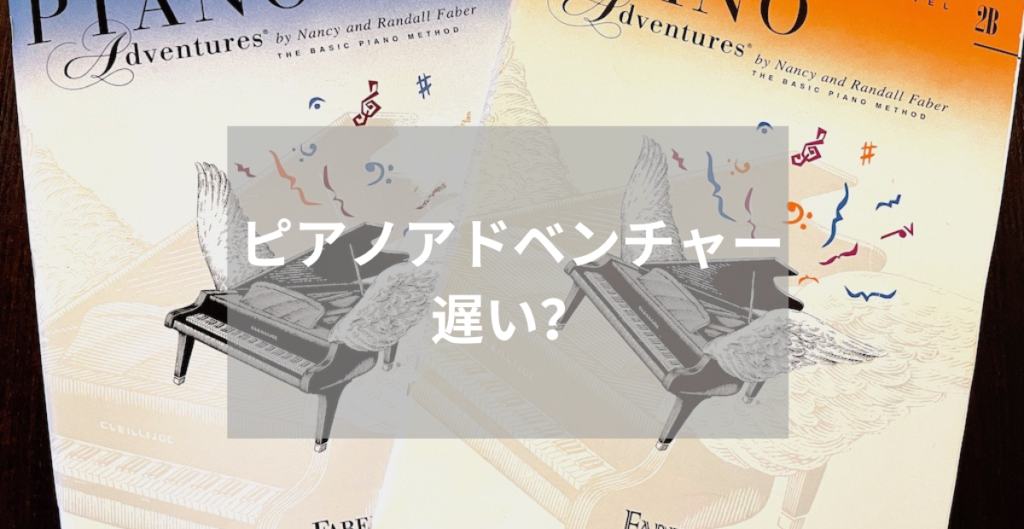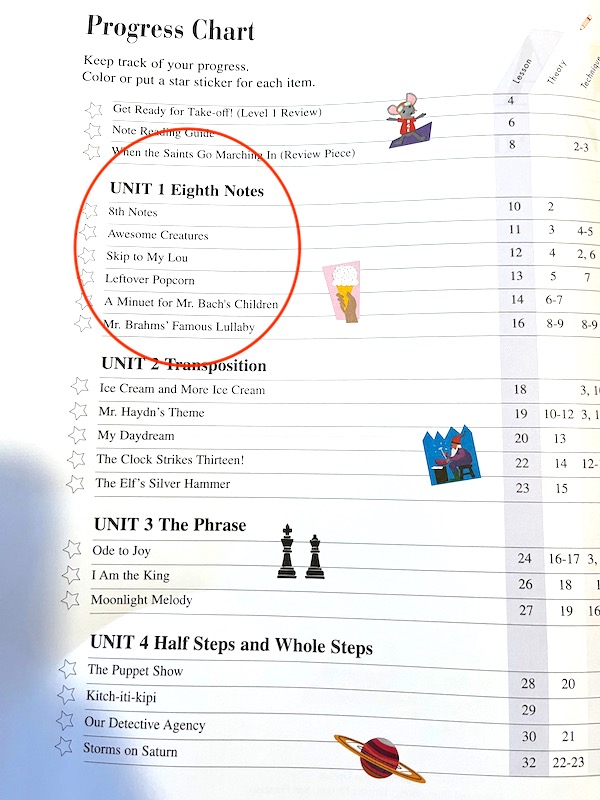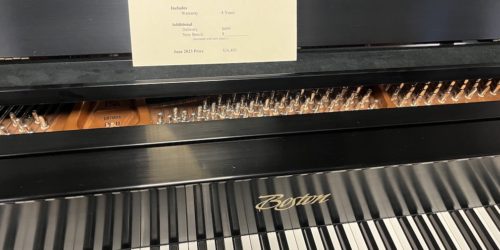Is Piano Adventures Too Slow? A Look at This Popular American Piano Method

Is Piano Adventures Too Slow? A Look at This Popular American Piano Method
- 1 Is Piano Adventures Too Slow? A Look at This Popular American Piano Method
- 1.1 Is Piano Adventures Really Too Slow?
- 1.2 Can Students Move Faster with Piano Adventures?
- 1.3 Why Piano Adventures Is Excellent for Music Theory
- 1.4 Piano Adventures: Gradual but Powerful Theory Progression
- 1.5 Is Piano Adventures Slow or Fast? It Depends on Practice
- 1.6 Should You Avoid Piano Adventures Because It’s “Slow”?
- 1.7 Final Thoughts
The American piano method “Piano Adventures” is sometimes criticized for being “too slow.” Some piano teachers even feel that progress takes longer compared to other books. But is that really true? And why are we in such a hurry?
In this article, I’ll explain why Piano Adventures is an excellent method book—especially for building strong music theory foundations. – Buy them on Amazon

I use this book a lot.
Is Piano Adventures Really Too Slow?
Personally, I don’t think Piano Adventures is slow. In fact, I ask—why rush?
In Japan, many children can technically play the piano but lack a solid understanding of music theory. As a result, their performances often sound less expressive. Piano Adventures focuses on developing both technical skill and theoretical knowledge, which ultimately produces more well-rounded musicians.
Can Students Move Faster with Piano Adventures?

Yes, the pace can be adjusted. If a child enjoys practicing, teachers can assign homework by unit instead of one page at a time.
For example, two of my students currently use Piano Adventures:
- One prefers to move step by step, taking time with each piece.
- The other progresses unit by unit and has become a much faster sight-reader.
Both approaches work—the key is that slow students build strong foundations while faster students improve fluency and reading skills.
Why Piano Adventures Is Excellent for Music Theory
One of the strongest points of Piano Adventures is its early introduction of music theory.
- Concepts like I–V chord progressions appear as early as Book 1.
- These theoretical elements are essential for memorizing music and understanding structure.
- Children are introduced to concepts often taught at the conservatory level—but in a fun and accessible way with illustrations.
Skipping this foundation for the sake of speed is a mistake. Music theory helps children not only play but also understand, interpret, and memorize music effectively.
Piano Adventures: Gradual but Powerful Theory Progression
As students move through the series, the theory becomes progressively more advanced. This matters especially when it comes to memorization.
Playing a piece repeatedly until the body remembers it has limits. For complex works, students need to understand structure. Music theory acts like a map for memory—instead of relying only on repetition, they learn to rely on understanding.
Is Piano Adventures Slow or Fast? It Depends on Practice
The pace of Piano Adventures really depends on the student:
- Some finish Book 1 in just six months.
- Others progress more slowly but gain solid grounding in rhythm, harmony, and expression.
Many children enjoy the method because it includes a variety of styles—jazz, rock, classical, and folk tunes—which keeps learning exciting.
Should You Avoid Piano Adventures Because It’s “Slow”?
Absolutely not. Even though all beginner method books start with the basics (C–D–E–F–G), Piano Adventures stands out for its balanced approach:
- Fun repertoire
- Gradual progression
- Strong music theory foundation
It’s one of the best resources for nurturing children’s musical growth at their own pace.
Final Thoughts
So, is Piano Adventures too slow? My answer is no. Progress depends on the student’s practice habits, not just the method itself. What matters most is building a solid foundation in theory and technique.
Children often experience sudden breakthroughs—so don’t rush. With patience, Piano Adventures can help them grow into expressive, confident pianists.


